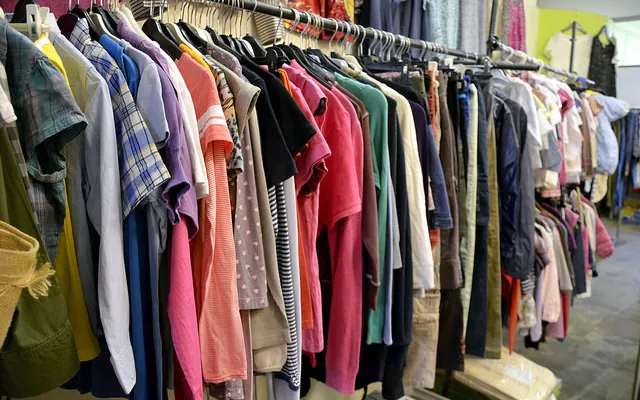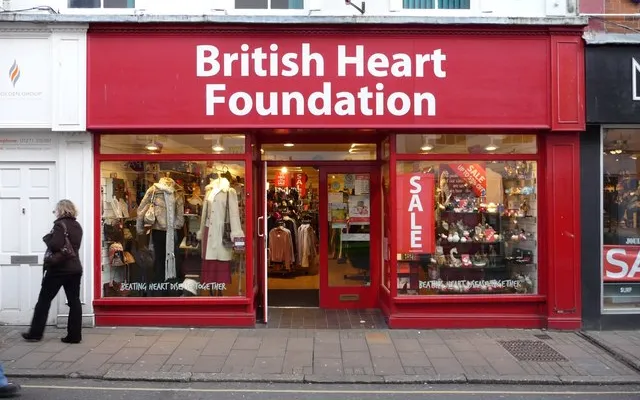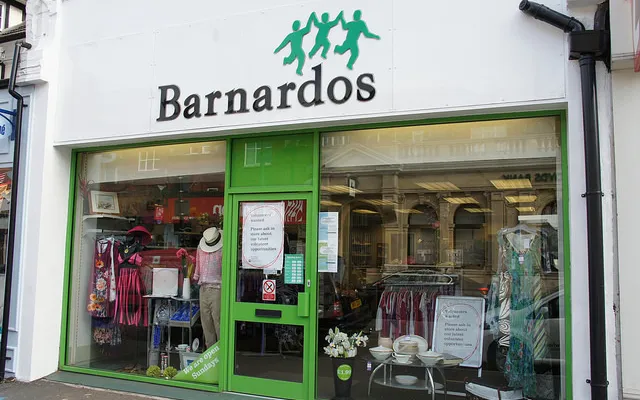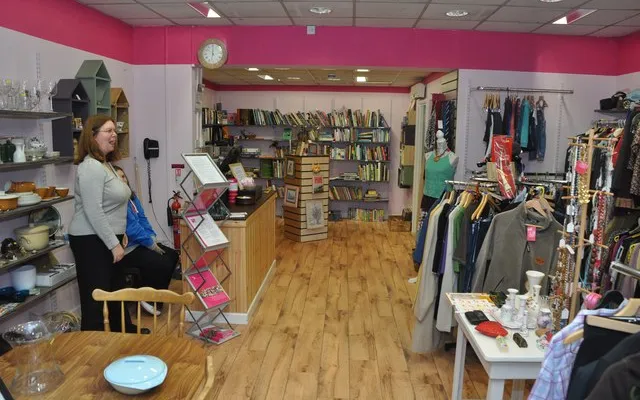Second-hand objects and volunteering help spaces that revert all their earning to support charitable causes.
If one walks along Union Street in Aberdeen, or if you go for a stroll down Edinburgh’s Royal Mile, or if you just take a look at Oxford Street in London it’s impossible not to notice something that, in the United Kingdom, has met its peek during the economic downturn: charity shops. This was the name given years ago to shops belonging to social organisations that sell all sorts of second-hand objects and invest all their earnings in financing charitable and solidarity causes. Oxfam, Shelter, Save the Children, Cancer Research UK, Barnardo's or the British Red Cross are just a few examples of these non-profit organisations that have made available to British citizens an alternative form of consumption, other than the large commercial brands.
Charity shops: how do they work?
Among many other items, charity shops sell clothes, jewellery, books, board games and video games, DVDs, music CDs, and even china crockery and house decorations. Firstly, most of these products are second hand, although charity shops also sell new products that have never been used. Secondly, charity shops often sell discontinued products or ones that are difficult to find in large commercial outlets.
With their large variety, charity shops basically function thanks to anonymous donations and the work of hundreds of volunteers who make it possible for these shops to open and close every day. Baiba Plume, the person in charge of internal communications and PR at Cancer Research UK, explains that almost 90% of the objects they receive are items that owners no longer want and therefore give to them.
The end goal of charity shops is to support social initiatives to improve the situation of the least favoured communities. To make this possible, they allocate most of the income they make to charitable causes, that can be many and of different kinds: providing shelter to abandoned animals, helping children facing social exclusion, the battle against cancer, supporting the homeless…
Cancer Research UK, for instance, allocates a part of its budget to research on over 200 types of cancer. “from our budget of 621 million Pounds Sterling, 434 go to charitable activities: research, providing information about our actions, work done with family doctors, awareness campaigns or building the Francis Crick Institute”, explains the person in charge of PR at the organisation. British Red Cross, welcomes 10,000 refugees every year, who have left their countries of origin to go to the UK.
Who buys in a charity shop?
Taking into account that the purchase of products has a very low price or none at all, and that the running costs of the shops are very low, charity shops offer very reasonable prices to consumers. Nevertheless, this does not mean that the consumer profile is people with little resources. Usually, people who go to buy at these charity shops are users want shopping alternatives outside the traditional circuit, which are very often governed by the market laws.
This is the case of Alex Perteguer, who is studying a Masters in Ecology and Environmental Sustainability at the University of Aberdeen, and who is a regular customer of charity shops: “We live in a consumerist society where anything that is no longer useful or fashionable is thrown away and we buy new products, getting into a routine that is one of the main reasons behind the destruction of the environment”. Alex says that he buys at charity shops because they are not-for-profit and support social causes, among other reasons.
A growing phenomenon
According to the Charity Retail Association, in the United Kingdom there are around 10,200 charity shops spread around the British territory. These figures may surprise some when the same national association representing the interests of charities states there are some 213,000 volunteers helping to run these shops. To make them sustainable, Westminster offers them an 80% tax reduction and the products they sell are VAT free.
Charity shops came into fashion during the years of economic recession, but many of them have existed for many years. Some of the first to appear did so in the post-war years to support families with few resources. “We came into existence in 2002 under the name Cancer Research UK, but it all started in 1902 when the Imperial Research Fund was established”, Plume adds. Although they are mainly in the United Kingdom, charity shops can also be found in other countries like Australia or Ireland.










Add new comment